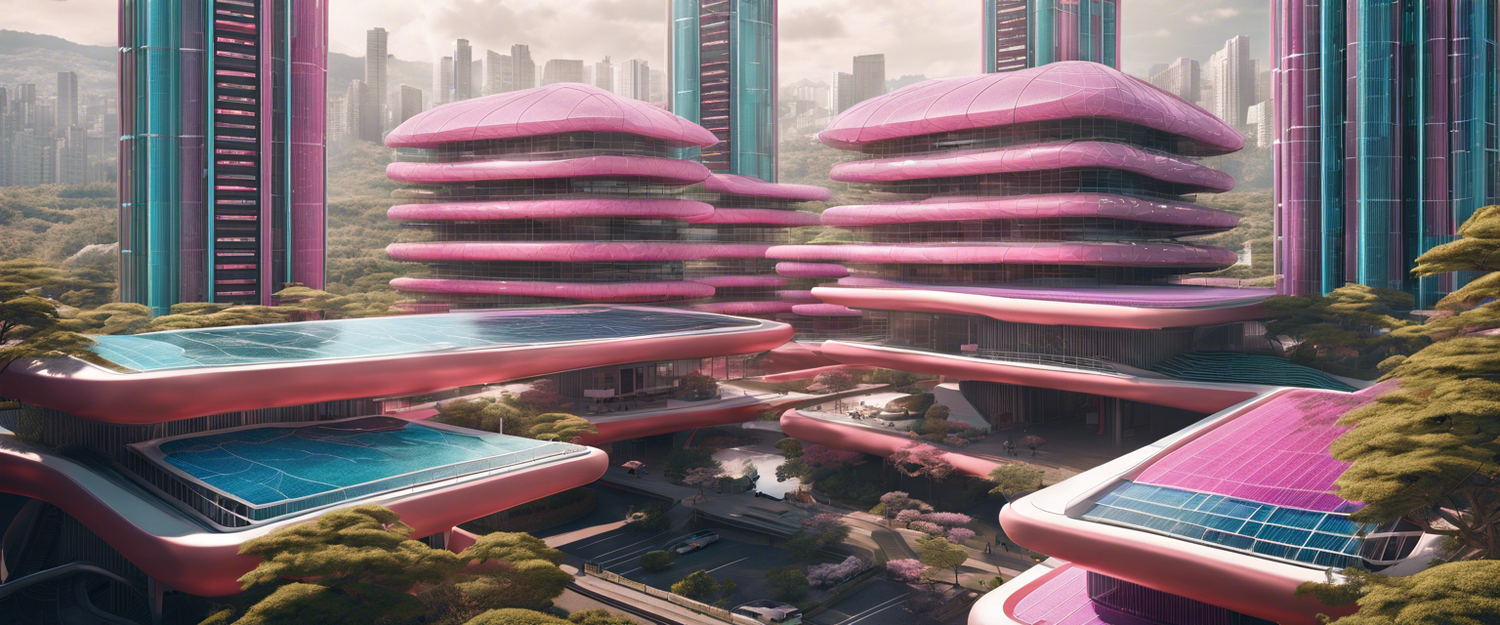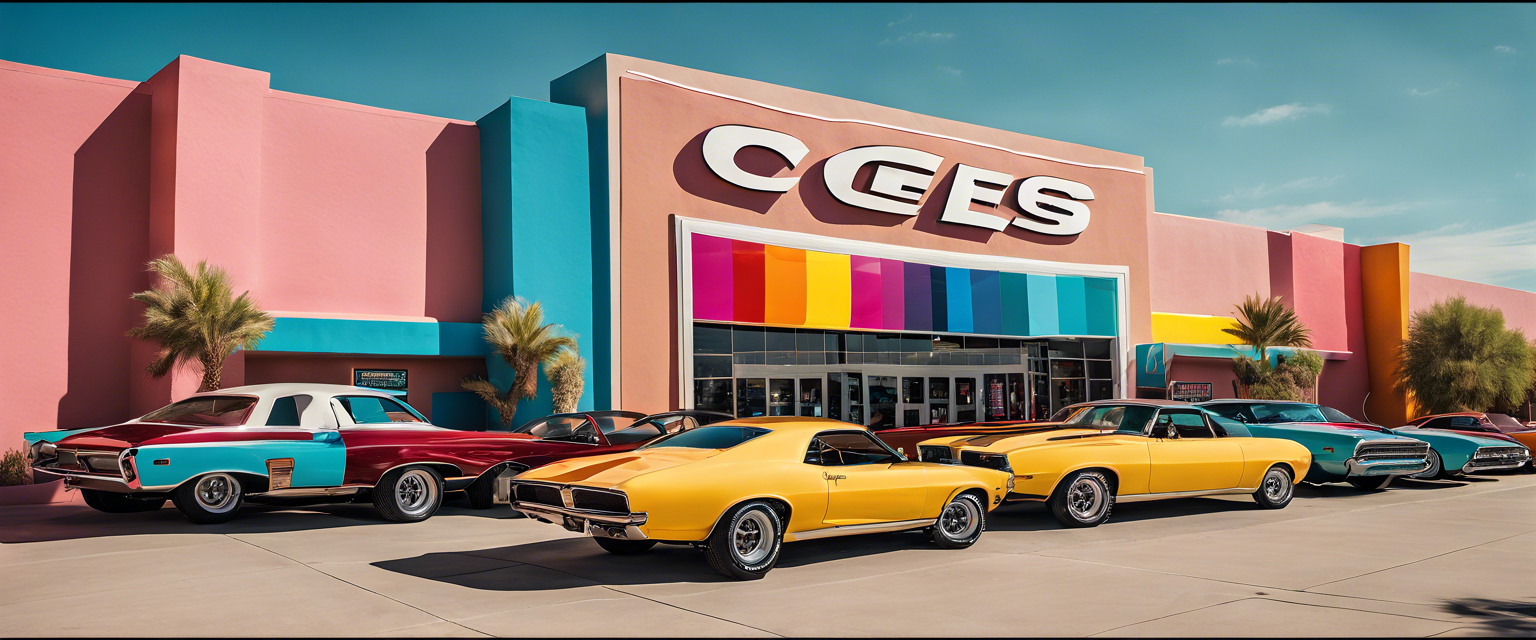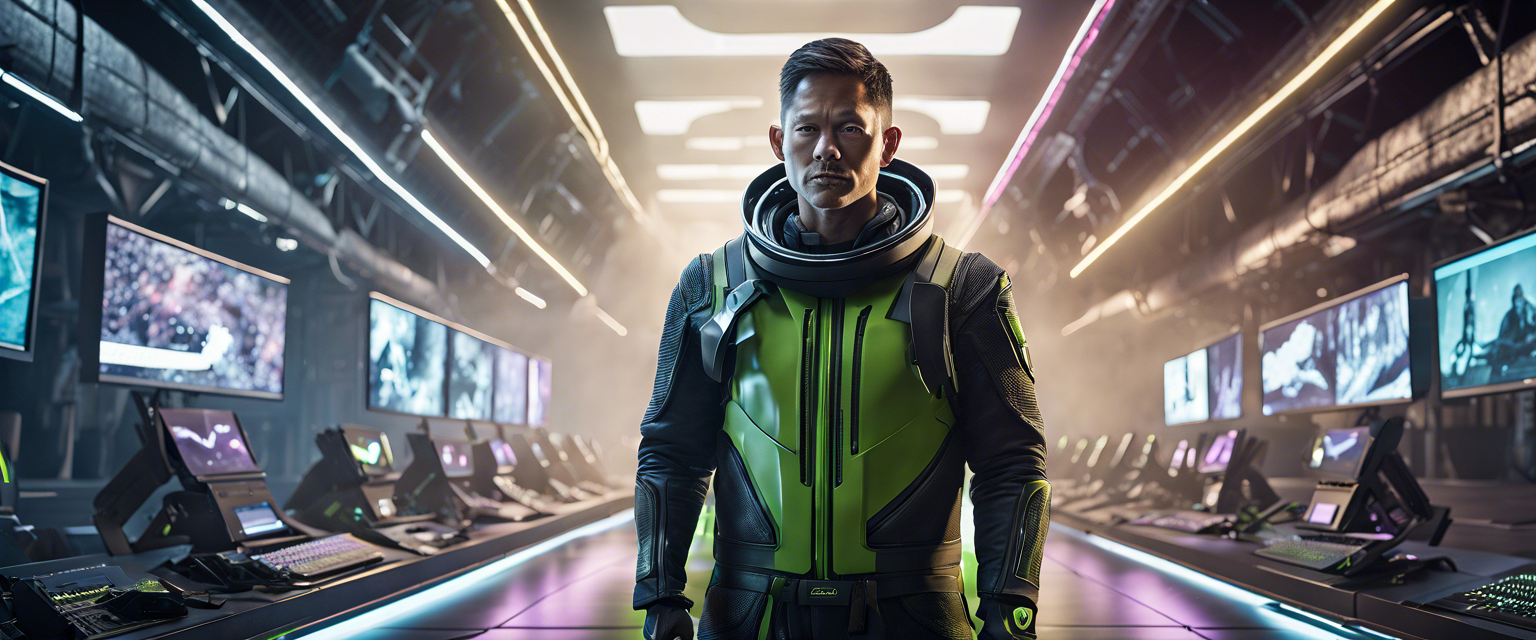Toyota's Woven City: A Futuristic Living Laboratory
Toyota is making great strides with its ambitious Woven City project, located on the grounds of a former car manufacturing facility in Japan. This $10 billion venture, designed to serve as a "living laboratory," is gearing up to welcome its first residents, with a full completion date set for 2025.
Completion of Phase 1 and Future Plans
During a recent press conference at CES, Toyota announced the successful completion of phase 1 of its construction. According to Chairman Akio Toyoda, Woven City aims to be more than just a living space. It will be a collaborative platform where residents can contribute to innovative solutions and products.
Initially announced in 2021, this prototype city is envisioned to be a testing ground for various technologies including autonomous vehicles, smart home tech, robotics, and new mobility solutions. As interest grows, plans will soon shift toward expanding the city to house up to 2,000 permanent residents.
Welcoming the 'Weavers'
In the fall of 2025, the first 100 residents, referred to as "Weavers," will move into Woven City. These individuals will predominantly be employees of Toyota or its subsidiary, Woven by Toyota. The selection process emphasizes a passion for mobility and societal improvement. Initially, this first phase will host 360 residents, gradually integrating external inventors and families.
Innovative Concepts and Amenities
Among the pioneers moving to Woven City, startups exploring futuristic food service concepts and technology-driven lifestyles are set to make their mark. Some of the innovative ideas discussed by Toyota include:
- Motorized wheelchairs designed for racing experiences.
- A personal drone service tailored for joggers
- Social interaction through 'pet robots' aimed at enhancing the wellness of elderly residents.
Architectural Vision by Bjarke Ingels
The architectural debut of Woven City has been entrusted to renowned Danish architect Bjarke Ingels. Located at the base of the scenic Mount Fuji, the city is designed to embrace a unique infrastructure comprising:
- A street for high-speed vehicles.
- Pathways for lower-speed mobility and pedestrians.
- A designated promenade for foot traffic.
Green Technologies and Sustainability
Woven City is committed to becoming a beacon of sustainability, powered by Toyota's hydrogen fuel cell technology. It has already achieved Japan's first "LEED for Communities Platinum certification," reflecting its environmentally-friendly design and commitment to quality living standards.
Challenges Ahead: A New Paradigm
While the vision for Woven City is undoubtedly exciting, its implementation may encounter challenges. Similar to prior innovations, such as Google's Sidewalk Labs initiative in Toronto, the integration of technology with everyday living raises essential questions concerning privacy and data security.
Toyota aims to foster a positive perception of Woven City, promoting a higher quality of life as its cornerstone. This project not only aims to synthesize advanced technology and sustainable living but also seeks to redefine the future of urban living for the 21st century.
Conclusion: The Future Awaits
With plans for a public preview set for 2026, Woven City stands at the intersection of innovation and urban living. As the world watches, it will be fascinating to witness how this experimental city unfolds and influences the future of mobility and societal infrastructure.



Оставить комментарий
Все комментарии перед публикацией проверяются.
Этот веб-сайт защищается hCaptcha. Применяются Политика конфиденциальности и Условия использования hCaptcha.